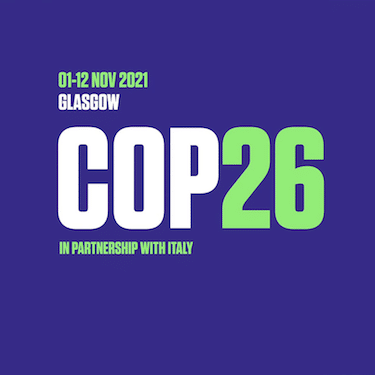
The 26th annual UN Global Climate Summit Conference of the Parties (COP26) was recently held in Glasgow, Scotland. This event had world leaders pledging to address climate change with a higher sense of urgency. Reducing methane emissions and stopping deforestation may seem removed from many manufacturers’ operations but if you consider your entire value chain it will likely have an impact. In some cases, this will lead to new regulations but for many companies, stakeholder pressure will be as big a factor when it comes to their response to the climate crisis. It is therefore highly likely manufacturers will use their Manufacturing Execution System or MES to Meet COP26 Objectives.
A key outcome was the pledge to alter financial markets to reward entities that commit to net-zero carbon footprints by 2050. While many climate activists viewed COP26 with skepticism the event will likely have a significant impact on industry going forward. As a manufacturer, your MES will play a vital role in being able to both achieve whatever ESG goals are set as well as proving you did what you claim to have done, both to regulatory bodies as well as stakeholders.
Some Key COP 26 Objectives
The COP26 Climate Conference, which was held from 31 October to 12 November, was billed as the most significant climate event since the Paris accords in 2015. With several high-level themes driving the agenda, trying to sort out a direct impact on any specific company may seem challenging at first. However, when you look at the most discussed commitments that emerged from the leadership meeting during the first days of the event several stand out:
- Increased commitment to move away from coal as soon as 2030
- A new and strong commitment to methane emissions reductions
- A major shift in financing to projects and activities that will deliver net-zero carbon footprints by 2050
- Stopping deforestation and land degradation
- A First Movers Coalition in the US with two dozen leading firms driving to decarbonize aviation and steel manufacturing and the shipping and trucking industries
While there are some longer-term goals, mostly for commitments to achieve stated objectives by 2050, many of these initiatives are based on a 2030 achievement objective.
The Highly Probable Impact on Manufacturers: Using Your MES to Meet COP26 Objectives
As countries move to honor environmental commitments made at COP26, there will be new regulations aimed at achieving some of these goals. Examples include strict limits on methane emissions, which will impact some industries more than others. With such a heavy reliance upon supply chains today, particularly those that include plastics or other hydrocarbon-based raw materials or precursors, the impact will ripple downstream. Other impacts will be indirect such as the shutting down of coal-fired electricity plants which will impact energy cost and availability, which could dramatically alter manufacturing costs and dynamics.
Further, deforestation efforts will also likely reduce availability and increase the costs of some materials and reduce the availability of land to expand operations in developing countries. If you are in the aviation sector, expect the First Movers coalition members to require your firm to aid them in their decarbonization efforts. In all of these instances, how your run your operations and how well you can document your performance will impact how negatively, or positively, COP26 impacts your business.
Your MES is a Vital Cog in Your Sustainability and ESG Program
Your ability to document compliance with specific procedures and processes as well as to verify the makeup of each product is critical to maintaining your reputation and proving to regulators and partners you are meeting your commitments regarding specific ESG related activities. Your MES solution is often the best and only way to automate that process.
Read this article to learn more about this topic, How Traceability Directly Impacts Product and Process Quality.
But more importantly, your MES will soon become a way for you to ensure that the policies and procedures you put in place help you manage the changes driven by COP26. This importance will emerge, whether the requirements pertain to major topics such as decarbonization in aviation, or more indirect topics such as energy cost management.
Make sure you are prepared for this change and that your MES can accommodate these expanding requirements. If not, perhaps it is time for a change. For those that have already invested in a new MES as part of their digital transformation, then the potential value from that deployment has likely just increased. A modern architecture IT/OT environment coupled with an MES to meet COP26 objectives could be a winning combination.


